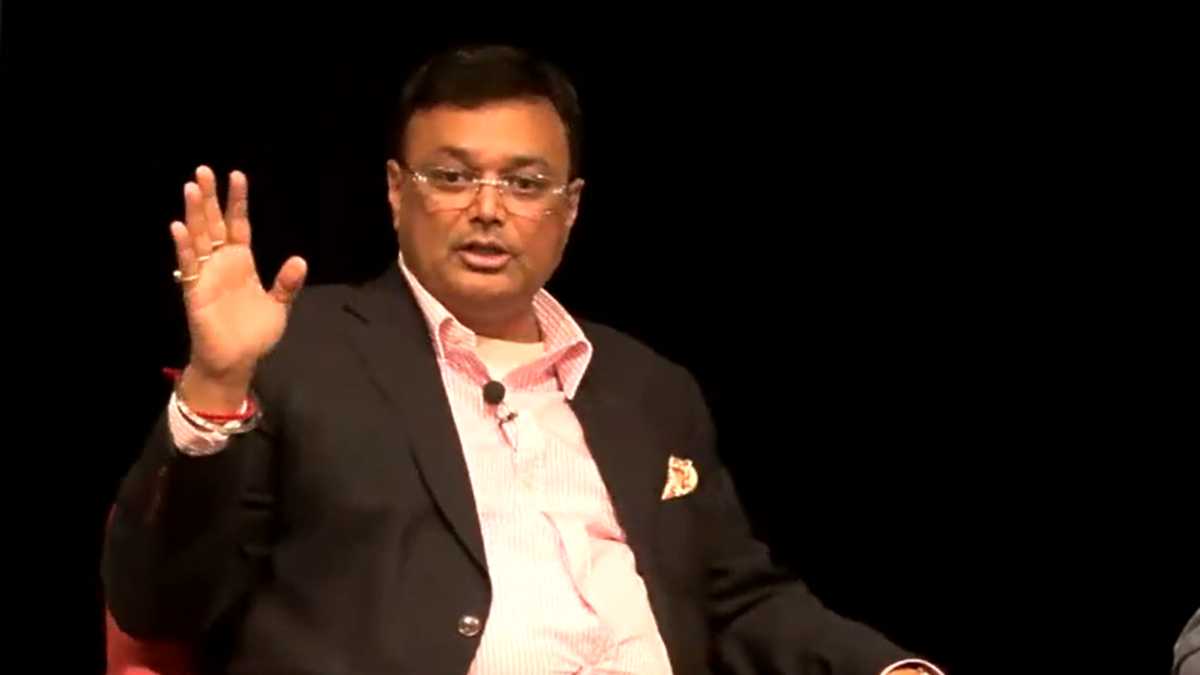
LESS REGULATION IS ALWAYS BETTER, GOOD NEWSROOMS RUN ON THEIR OWN: ABP NETWORK CEO AVINASH PANDEY AT STANFORD EVENT
Good newsrooms always run independently, and it is always better when there is less regulation, Avinash Pandey, CEO, ABP Network, said while speaking at the Stanford India Dialogue: The Leaders Of Tomorrow conference. The student-focused event was organised by the Stanford India Policy and Economics Club in partnership with the Motwani Jadeja Foundation, at Stanford University in the United States. Pandey participated in a discussion on ‘Media Matters: Shaping Narratives and Influence in the World’s Largest Democracy’, moderated by SIPEC member, Siya Sehgal.
Sharing the functioning of the media industry, Pandey noted: “We have to very carefully curate as to what the audience is looking for and such request from different governments when they come, we look at it dispassionately. It is not easy to stand to the truth. For example, (see) what has just now happened in West Bengal. Our editor there has been summoned by the local authorities and we are fighting cases in the court right now. All these things are given in the job. Pressure always comes from the government or interest groups or social media as to how you should run the channels.”
Pandey maintained that pressure always comes from various stakeholders in addition to the government, but "good newsrooms always run on their own and Indian newsrooms run independently’.
Regulations And TRP
Asked about the need for stricter regulations in the media industry, Pandey said, "Less regulation is always better". He noted that self-regulation should be considered the best form of regulation and called for an updation in the science engaged in measuring ratings on television. He called the current TRP measurement science in India "a passible system" at best, and said the content delivery mechanism had evolved in the country.
“Things have changed. Because the content delivery mechanism has changed. And unfortunately, the rating agencies have not prepared themselves for that kind of shift. Fortunately, the government is now coming up with a broadcast bill, which is going to be tabled in the parliament in the first half of this year, where they have made clear provisions for giving licences to more parties for measurement science. Unfortunately, there was no law or rule for giving this licence,” Pandey noted.
Freedom Of Media
Speaking about media freedom in India, Pandey said that there remained a lot of doubt about the Indian media industry and the pressures it faces in the world. However, he stressed that Indian media continues to be a ‘fairly free’ and rapidly evolving one. “Unlike America, the media ownership (in India) is diversified amongst at least 300 to 400 entrepreneurs. In any democracy, when you are reporting and doing a job, the establishment has a dialogue with you. It is very normal, and understandable that the establishment would want their narrative to go on the television as well,” the CEO said.
Industry's Obstacles
Elaborating on the problems faced by the industry, Pandey said that the news media business depended solely on two factors, namely be interesting and take interest in the audience. “Our problems are very different. Our problem is that we have put out a great story, but no one is watching it. You have to really work hard for every eyeball you can attract. This business is only about two things- you have to be interesting and you have to be interested in ur audience,” he explained.
2024-03-03T10:23:45Z dg43tfdfdgfd